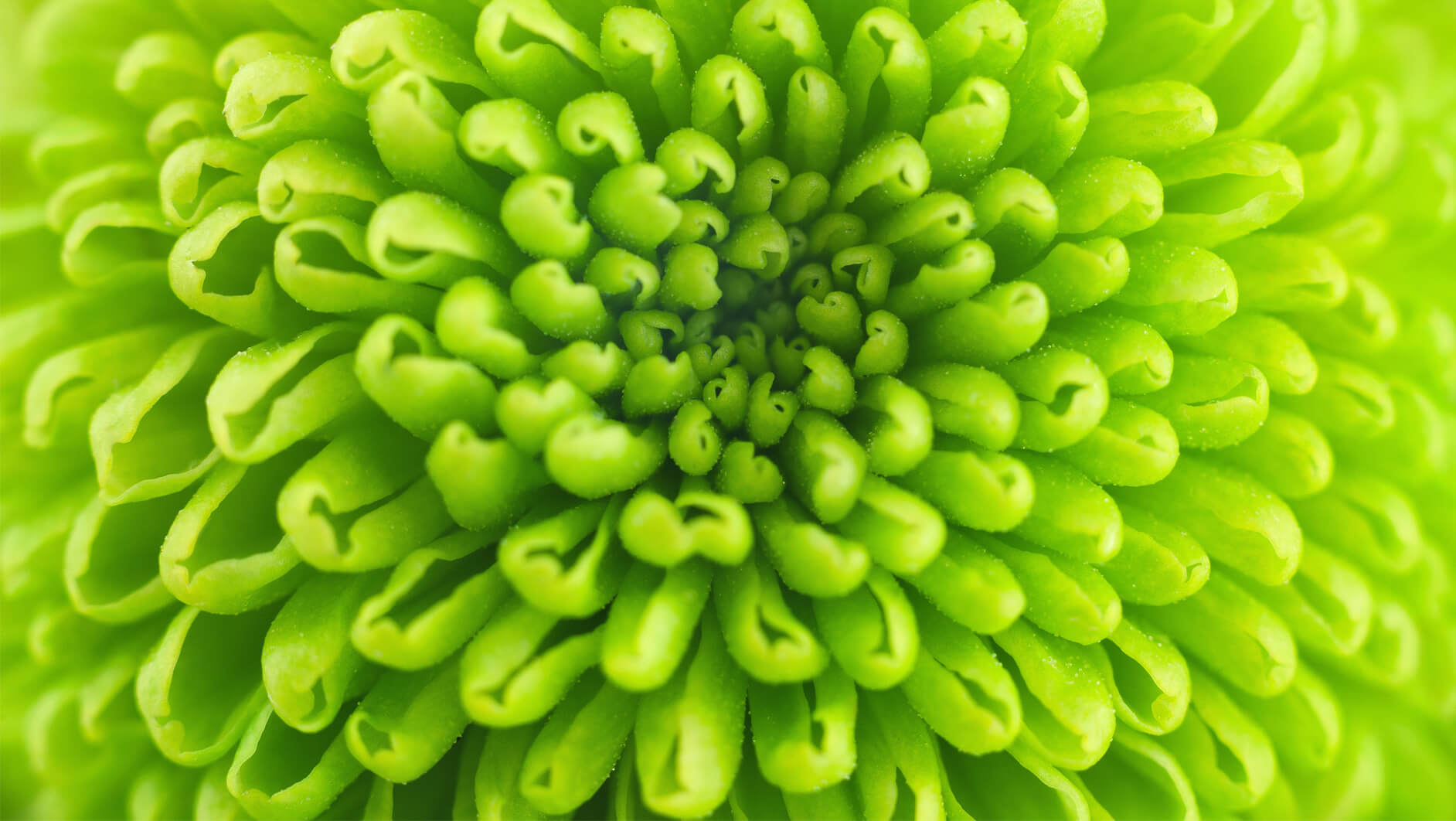
CHOOSING PLANTER POTS FOR OFFICE PLANTS
We grow indoor plants for various reasons, the common reasons being for decorative purposes, positive psychological effects, or health reasons such as indoor air purification. In keeping with this, it is necessary that proper attention is paid to the correct size and type of planter pots in which these plants are planted.
Size of the Planter
For healthy indoor plants, the size of the pot is one of the most important factors to consider. Indoor plants need enough space to grow well inside a planter. Their roots need adequate room to grow well within the planters. Plants with a deep root system ideally need a planter with a good amount of height while a shallow root system might prefer more space, and therefore require a much wider pots. A large container will help conserve enough moisture, so that the plant won’t dry out quickly. If you want a tall Ficus, remember that you will need to allow for a planter that is appropriately deep.
Deciding what to plant in your indoor space is essential before choosing the garden planter. Match the containers to the plants, remembering that when rented, most indoor plants are already at maturity and may need a larger planter. Keeping space for the roots will not only ensure the plant will always look good, but will maintain healthy, aerated soil which is essential for the removal of toxins within the office.
Type of Planter
There are several types of planters that can be chosen based on the material used to make them such as terracotta, ceramic, plastic, wooden and concrete. These materials are further classified as porous and non-porous. Terracotta, ceramic, wooden and concrete are porous while plastic is non-porous. Planters made of porous materials allow easy circulation of water and air through them, however; they may not be waterproof and can tend to dry out relatively quickly because of this. Check if the planter has a drain hole, and if so, you will need to plug the hole and waterproof the planter. Pots with drainage are deal for outdoors but indoors, even with a drip tray under the planter, you are asking for trouble!
Plastic – These are affordable, durable and lightweight. They are completely waterproof and will never allow your floors to be ruined. They can be painted in many colours and textures and can be recycled almost indefinitely so are very sustainable.
Planter Drainage
More indoor plants die from overwatering than under-watering. This happens when water fills the air pockets needed for root development and the plant dies quickly. Most indoor planters have no drainage at the bottom to drain out excess water, but rather they have an irrigation system within them to ensure there is always access to water, but the soil and roots are not drowned and left without air. Healthier roots mean healthier plants. So while buying pots it is essential to choose planters with drainage within them.
These are the things to keep in mind before you buy a planter for your office and remember; If in doubt, ask an expert!
Contact one of our team to find out more. sales@greendesign.com.au

